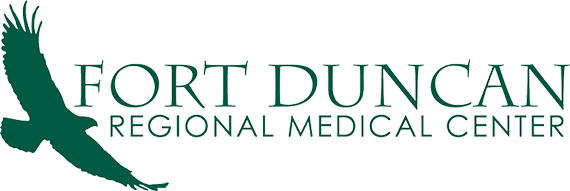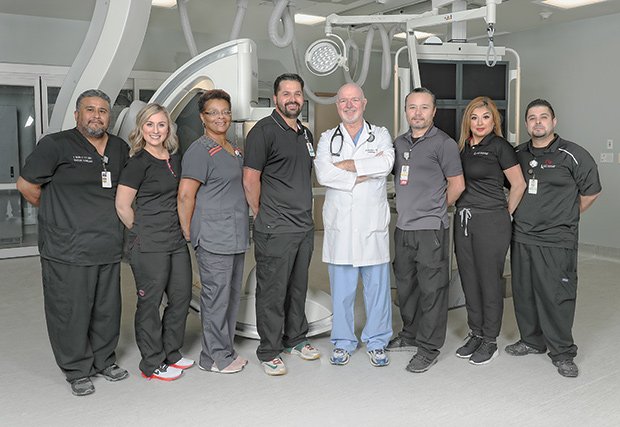The staff of the new cath lab at Fort Duncan Regional Medical Center performs catheterizations to diagnose heart attacks, but that’s not all they can do.
Stress test
Your physician may want to determine how well your heart handles exertion, so he or she may prescribe a stress test. A stress test shows if you have an irregular heartbeat, if symptoms like chest pain or difficulty breathing are related to your heart, how challenging your workouts should be, if any previous treatments for heart disease are working or to determine if you need additional tests like an angiogram.
For the stress test, you’ll walk on a treadmill while hooked up to equipment that monitors your heart. You may also be asked to breathe into a special mouthpiece. Medical staff will be there to monitor you throughout the test, and you may stop the test at any time if you feel unwell.
Cardiac nuclear medicine
During a nuclear medicine scan, a positron emission tomography (PET) scanner will take images of the energy from a radioactive tracer injected into a vein in your arm. These images can reveal if blood is not flowing to parts of the heart, or if heart muscle tissue is damaged or dead. You’ll be scanned for two sets of images; the first set of images needs to be taken after the heart is pumping hard, so you’ll walk on a treadmill before the scan begins. After you complete the stress test, you’ll receive an injection of a low-energy radioactive substance that travels through your circulatory system and be scanned again.
Cardiac echo/echocardiogram
If you’ve ever had an ultrasound, you’ll be familiar with an echocardiogram, or a cardiac echo. This painless test uses ultrasound to take images of your heart’s chambers, valves, walls and major vessels. A cardiac echo helps diagnose how well your heart moves, its pumping strength, if the valves are working correctly or if there are clots or abnormal holes within your heart. During the test, a technician will place electrodes on your chest, then apply gel and move an ultrasound wand over your chest to take images of the heart as it beats.
Additional procedures
The staff of the new cardiac cath lab can also complete the following procedures: angiography (x-ray imaging of the heart and vascular system); placing stents to open blocked arteries; pacemaker implantation; interventional radiology; lower extremity interventions for patients with poor circulation in their legs and feet; and placing filters to prevent deep vein thromboses.

